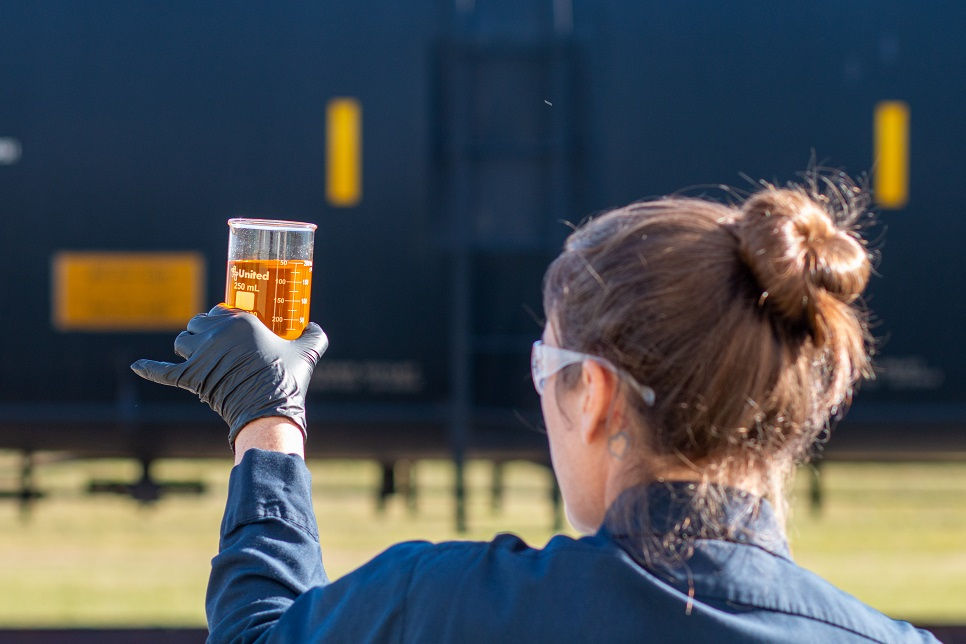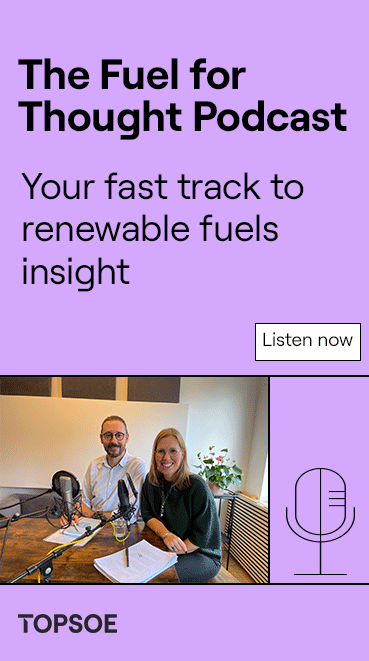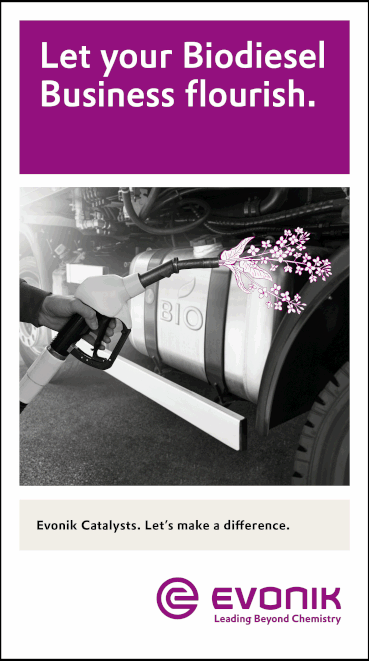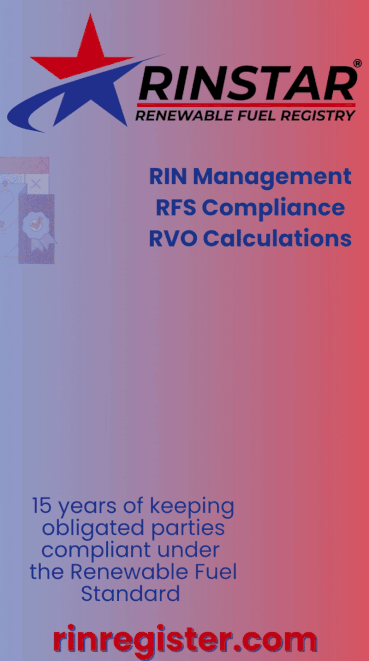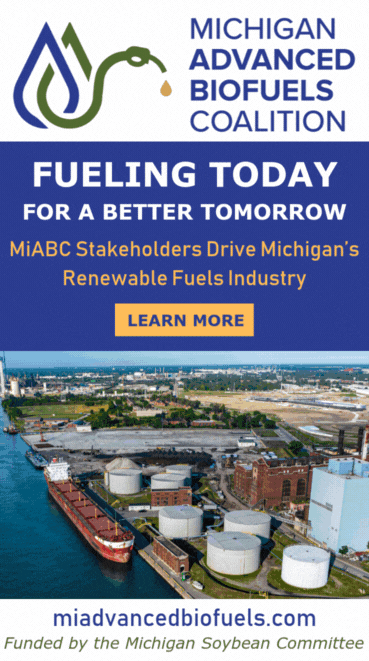Requirements and Solutions for Pretreatment of HVO Feedstocks
- Veronique Gibon, Wim De Greyt, Jan De Kock and Marc Kellens
- Feb 10, 2023
- 7 min read

Hydrotreated vegetable oil can reduce the use of fossil fuels and recycle waste streams, but its production requires efficient, flexible, safe, reliable and sustainable pretreatment of feedstocks.
To address global-warming challenges, it is essential to reduce fossil-fuel use, which is the objective of the European Commission’s “Fit for 55” and Renewable Energy Directive (RED) II policies. The EU aims to reduce net greenhouse-gas (GHG) emissions by at least 55 percent by 2030 compared to 1990 levels, and to define a common framework for the promotion of renewable energies. Hydrotreated vegetable oil (HVO), or hydroprocessed esters and fatty acids (HEFA), is a renewable diesel that can reduce use of fossil fuels and recycle waste streams. European demand for drop-in biofuels—HVO and sustainable aviation fuel (SAF)—will significantly increase in coming years, supported by higher blending targets and the introduction of new mandates for the aviation sector. It is projected that the HVO/HEFA share in European oil-based biofuel demand will increase to 35 percent by 2030.
Biodiesel, HVO and SAF
Conventional (first-generation) biodiesel consists of long-chain fatty acid methyl esters (FAME) typically made by transesterification of vegetable oils or animal fats. Biodiesel has to meet international quality standards such as ASTM D6751 or EN14214 and is approved for blending with petroleum diesel.
Renewable diesel is a biomass-derived fuel suitable for use in diesel engines and meets the ASTM D975 diesel-fuel standard or EN15940 for synthetic diesel. It consists of hydrocarbons and is mostly produced through a hydrotreating process but may also be obtained via gasification, pyrolysis or other technologies. The term HVO is used for renewable diesel manufactured in a hydrotreating process (hydrogenation and hydrocracking) from different feedstocks, such as vegetable oils, waste cooking oils, animal fats, acid oils and fatty acid distillates.
HVO, also called green diesel, has properties similar to fossil diesel but with some differences such as a lower density and higher energy content. It typically has a low sulfur content, is free from oxygen and aromatic hydrocarbons, and has a high cetane number.
HVO offers benefits over FAME, such as reduced nitrogen oxide (NOx) and particulate emissions, better storage stability and better cold-flow properties. It can be used in existing diesel engines without blending limitations.
SAF is the commonly used term for nonpetroleum synthesized jet fuel components produced in accordance with ASTM D7566 specifications. It is derived from renewable resources that enable a reduction in net lifecycle carbon-dioxide emissions compared to conventional jet fuels. SAF can be produced from waste and plant-based raw materials using essentially the same technology as HVO production. When SAF is blended with conventional jet fuel, it meets ASTM D1655 specifications. All major European and U.S. airlines have recently announced they will start using increasing volumes of SAF voluntarily in anticipation of a future compulsory SAF proportion.
HVO Technology
The EU’s RED II promotes the use of biofuels, favoring next-generation biofuels that are obtained from nonfood waste feedstocks. Today, the only commercial alternative to FAME that can be obtained from waste feedstocks is HVO, while we await larger quantities of biofuels from lignocellulosic and algal biomass. HVO production uses hydrogen instead of methanol, like conventional biodiesel processes, and biopropane is the major byproduct. There is no low-value glycerol production like with biodiesel. HVO can also be blended with fossil fuel in higher ratios than 7 percent used nowadays for biodiesel in Europe.
The same feedstocks can be used for HVO and biodiesel production, but the technology and final products, as well as producers’ core activities, are all different. While biodiesel is mainly produced by food-oil refiners, HVO production is mostly carried out by petrochemical companies because they are familiar with the hydrotreatment process, which typically operates in two stages. The double bonds of the hydrocarbon chains are first saturated with hydrogen. This is followed by the elimination of oxygen atoms through three parallel mechanisms: hydrodeoxygenation, decarboxylation and decarbonylation. An extra step is mandatory for SAF production. Catalytic hydrotreatment occurs at high temperatures, from 300 degrees to 400 degrees Celsius, and hydrogen pressure between 3 megapascals (MPa) and 20 MPa. Sulfide nickel-molybdenum (Ni-Mo) and cobalt-molybdenum (Co-Mo) supported on alumina are the most common catalysts used, along with sulfur-free noble metals such as platinum (Pt) and palladium (Pd) or zeolite-supported Pt catalysts. Along with the process temperature and pressure, the catalyst type has an important impact on the final HVO product quality (compositional distribution).
HVO Markets, Producers
Today’s main HVO markets are in Europe and the U.S., but new markets are developing fast elsewhere throughout the world. While biodiesel is still the most common biofuel in Southeast Asia, HVO production is also taking off in that region. Global HVO production capacity is expected to exceed 20 million metric tons per year (mtpy), or approximately 6.5 billion gallons, in the coming years. A number of companies have developed in-house HVO production processes but, in most cases, the HVO technology is offered by licensors.
The Finnish company Neste Corp., a pioneer in HVO technology, is a leading renewable diesel and jet fuel producer worldwide. Its NEXBTL technology can turn a wide range of renewable feedstocks into premium biofuels and other products. Neste’s first commercial-scale HVO plant was set up in 2007 at Porvoo, Finland. Today, it also has large capacity plants in Singapore and the Netherlands. When the scheduled expansion of these plants is realized by the end of 2023, Neste will have a global HVO production capacity close to 4.5 mtpy, including 1.5 mtpy of SAF.
HydroFlex™ is the technology supplied under license by Denmark-based Topsoe, which was developed in 2004 in anticipation of new market trends. HydroFlex™ units run alongside conventional petrochemical units all over the world with full flexibility, allowing the transformation of any renewable feedstock into drop-in, ultra-low sulfur gasoline, jet fuel or diesel. Italy-based Eni has developed the Ecofining™ system in collaboration with Honeywell UOP and, in 2013, started up a green refinery project based on the conversion of two existing hydro-desulfurization units in Venice and Gela into hydrotreatment processes. Several other plants using the technology are in operation in the U.S. and Europe.
The Vegan® HVO technology developed and licensed by France’s Axens Group is a flexible solution for hydrotreating a wide range of lipids and producing low-density, high-cetane renewable diesel as well as renewable sulfur-free jet fuel. This technology was originally developed by IFP Energies Nouvelles in the mid-2000s and is the result of Axens’ wide experience in conventional hydroprocessing technologies and catalysts, with more than 200 units licensed in the world.
Feedstock Selection
A wide variety of products containing triglycerides and/ or fatty acids can be used in HVO production. These include vegetable oils, beef tallow and waste or used cooking oil (UCO). There is also increasing use of wastes or residues such as nonfood-grade vegetable oils, low-quality animal fats, sludge palm oil mill effluent (POME), distillers corn oil, or refining byproducts such as acid oils from soapstock, oil recovered from bleaching earths, fatty-acid distillates, distillation pitches and even nonglyceride feedstocks.
For sustainability, economic and political reasons, producers are increasingly looking for alternative, lower-quality waste and nonfood feedstocks. The quality parameters of some raw materials used for HVO are presented in Table 1.

Feedstock Pretreatment
The HVO process requires efficient, flexible, safe, reliable and sustainable pretreatment of feedstocks. In general, pretreatment is necessary to remove impurities such as phosphorous, metals, polyethylene, nitrogen, sulfur and chlorine-containing components that are naturally present in some raw materials.
Pretreatment is a critical step in protecting HVO catalysts and increasing their life span, and to avoid operational problems in the industrial installation.
The quality requirements for feedstocks at the inlet of the HVO unit are mostly set by the HVO technology providers and are generally quite stringent (see Table 2).

An efficient and flexible pretreatment process will determine if, or to what extent, a low-quality feedstock can be used. This will directly impact the viability of the HVO plant. Pretreatment of good-quality raw materials (vegetable oils, UCO and high-grade animal fats) is quite straightforward and can be accomplished by a series of processes that are already known within the edible-oil refining sector.
The basic configuration of a standard HVO pretreatment plant (see Figure 1a) normally has two cleaning sections: an acid-degumming section followed by a dry pretreatment/ bleaching section. Acid degumming with washing efficiently removes most impurities such as phospholipids, metals and mineral salts. Dry pretreatment/bleaching, with activated bleaching earth or silica, achieves the required low levels of contaminants. Animal fats and some UCOs may nevertheless require an additional second bleaching step to remove polyethylene and plastics residues that can be present in these raw materials (see Figure 1b).


For other low-quality feedstocks, some additional steps may be required prior to the standard pretreatment process. This includes a prefiltration step to remove high levels of solid impurities, polyethylene and some nitrogen components (for example, from protein) and/or a specific heat pretreatment step to remove phosphor-containing components and metals from very low-quality animal fats (EU category 1 and 2 animal byproducts) and acid oils, as the basic pretreatment-plant configuration fails to remove these contaminants to low-enough levels.
Finally, an alternative pretreatment process has been developed for very poor-quality feedstocks like some acid oils, distillation pitches and trap grease. This process mostly consists of fat splitting followed by fatty-acid distillation. The process is very efficient at treating feedstocks with extremely high loads of contaminants, but often has lower yields then a classic pretreatment process and has much higher capex and opex costs. Its application has, until now, been limited to low-capacity plants with difficult feedstocks.
Pretreatment Providers
Providers of pretreatment processes for HVO mostly originate from the vegetable-oils and fats industries since the technologies are very similar to vegetable-oil refining for food applications. The companies generally have an extensive portfolio of similar technologies. However, since HVO producers are increasingly focusing on low-quality feedstocks, existing processes need to be adapted and optimized to clean these feedstocks. In addition, as more pretreatment plants come online, greater operational experience is gained, and this allows a continuous improvement in pretreatment-plant configurations to enhance efficiency, reliability and safety.
Desmet Ballestra is one of the companies that supplies pretreatment technology for HVO producers. The objective is to guarantee the quality requirements set out by different HVO technology providers and to meet the high-capacity ranges, up to 5,000 tons per day inlet capacity, required by this industry.
Authors:
Veronique Gibon
Science Manager, Desmet Ballestra
Wim De Greyt
R&D Manager, Desmet Ballestra
Jan De Kock
Key Account Manager, Desmet Ballestra
Marc Kellens
Group Technical Director, Desmet Ballestra




